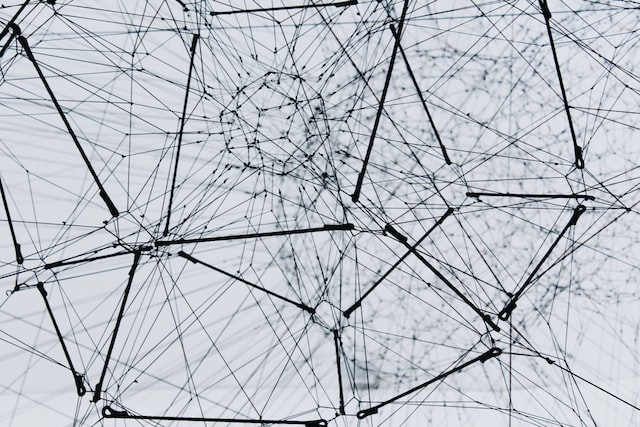Network visualization is a valuable tool in many fields. For example, it helps communicate complex information, like the network structure of a research area. It can also be helpful in understanding behavior. It has been used for medical research, urban planning, and many other purposes.
Node-link diagrams are a common type of network visualization
A node-link diagram is a network visualization that lets the user see relationships between nodes. The nodes are tagged with textual labels and indicators of relationships. These labels are necessary for the network diagrams to have much analytical value. Node-link diagrams can be used to illustrate complex networks of relationships between people and entities. These graphs commonly visualize relationships within networks, including social networks, businesses, and investigative research. Social media platforms have made this type of visualization even more common. The nodes are colored to represent known classes or divisions, and the edges are colored accordingly.
Dynamic network topology maps are more detailed
In contrast to static network topology maps, dynamic network topology maps are updated regularly. This allows you to see the entire network at a glance. These maps are more detailed than static ones and are very easy to understand. The network topology mapper feature of OpManager lets you create these maps on demand. The tool uses periodic network scans to create topology maps based on the most up-to-date version of your network. A network topology map shows the physical arrangement of the network elements and how they connect. This allows network administrators to understand the entire network structure and identify flaws. Different organizations use different network topology models. These include bus, star, mesh, and hybrid topologies. Dynamic network topology maps are updated with real-time device inventory data. These maps are interactive and clickable. The system automatically updates its inventory with changes that occur in the network.
Node-link diagrams can be any shape
A node-link diagram is a visual encoding strategy for network data. In a node-link diagram, nodes are represented as points, and edges are represented as lines. Nodes can also have attributes such as color, size, or width. The shape of a node can also be customized to represent its weight or the weight of its relationships. There are many different shapes to choose from when creating a node-link diagram. There are also different degrees of complexity. Some node-link diagrams are dazzling and visually engaging, while others can be complex and challenging to understand. Whatever shape you choose, remember that aesthetics is a highly subjective subject. Node-link diagrams are a valuable tool for network analysis and visualization. You can represent networks of entities using circles, triangles, and other shapes. They also help you interpret the relationships among groups. Nodes can be any shape you want, and the edges can be colored to represent known classes or divisions.
Benefits of network visualization
Network visualization is a great tool to help network administrators understand the overall state of their network. It can be beneficial for troubleshooting problems and identifying trends. It also provides an overview of the entire network and helps with capacity planning. Users can use network visualization tools to create topology maps and see the entire network in a simple and easy-to-understand manner. Network visualization tools also enable faster troubleshooting and root cause analysis. For example, identifying a VoIP phone connection can be easy with network visualization. be sure to configure the port for the correct VLAN.

